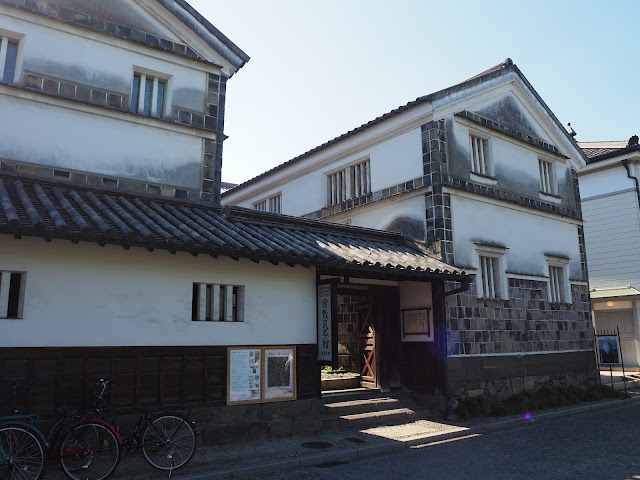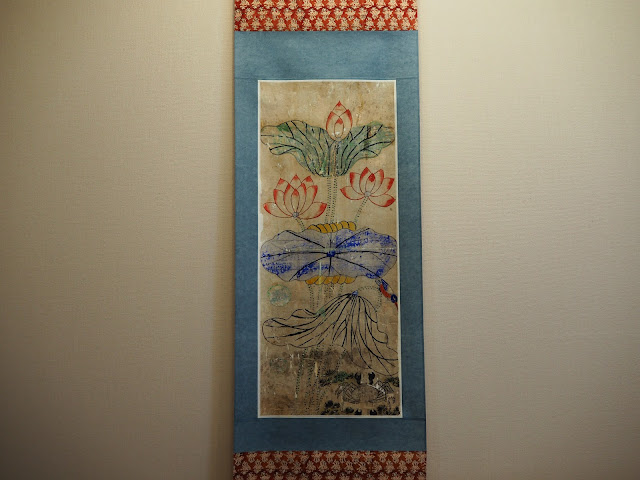初めて訪れた倉敷民藝館。開催されていた2つの企画展のもう一つのテーマは、李朝の工芸だった。
民藝運動を始めた柳宗悦は、1914年に知人の浅川伯教から李朝の陶磁器を贈られてその美しさに驚き、その後民芸品に興味を持つようになったと言われている。
その意味では、李朝の工芸は、民藝活動の原点と言っていいかも知れない。
趣のある館内には、白磁や青磁などの陶磁器をはじめとして、色鮮やかに装飾された木工品、シンプルなデザインの箸や匙などの金工品、など多彩な李朝の工芸品が展示されていた。
中でも、前々からとても好きだった、素朴な味わいの民画が展示されていたので、とても嬉しい気分になった。
Kurashiki Museum of Folklore that I visited for the first time. Another theme of the two exhibitions that were held was the crafts of the Ly Dynasty.
It is said that Soetsu Yanagi, who started the Mingei movement, was surprised at the beauty of the pottery of the Ly Dynasty by his acquaintance Noritaka Asakawa in 1914, and later became interested in folk crafts.
In that sense, the Ly Dynasty crafts may be said to be the origin of Mingei activities.
In the quaint hall, various Li Dynasty crafts such as ceramics such as white porcelain and celadon, colorfully decorated woodwork, metalwork such as chopsticks and spoons with a simple design are exhibited.
Above all, I was very happy because the simple-tasting folk paintings that I had loved for a long time were on display.











コメント
コメントを投稿